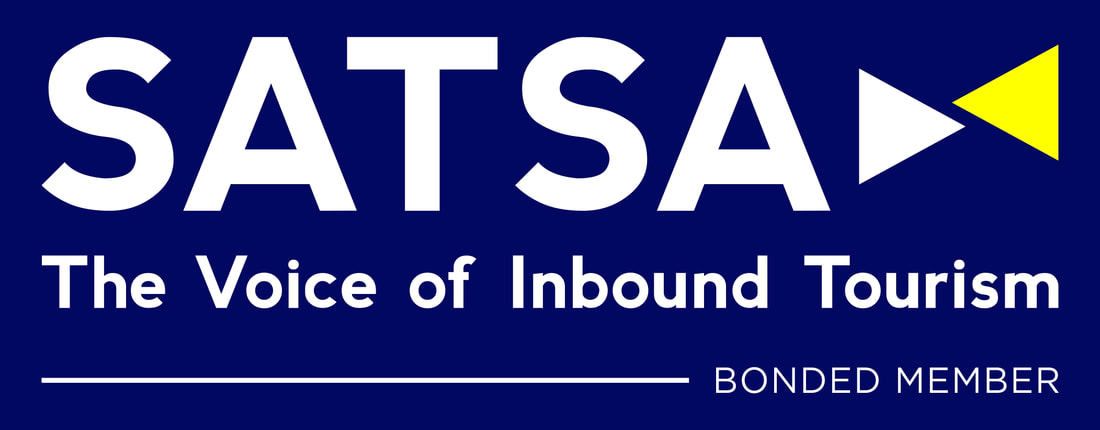This means a much quicker transfer time to Camp, and offers an excellent upgrade from the 4 hour road transfer (presently priced at USD 100 per person one way). The new 20 minute flight is USD 210 per person one way (inclusive of departure tax).
|
Luambe can now offer new and very affordable flights to Camp.
This means a much quicker transfer time to Camp, and offers an excellent upgrade from the 4 hour road transfer (presently priced at USD 100 per person one way). The new 20 minute flight is USD 210 per person one way (inclusive of departure tax).
0 Comments
Sadly Zambia is no stranger to wildlife poaching issues. Whether it is for meat for local consumption, or potential trade in wildlife (live and body parts), there is always going to be tension between those who wish to protect wildlife and those who wish to exploit it.
Conservation should be achieved in a sustainable way, one in which people and wildlife both benefit - and this is particularly true in areas where the economy struggles to support communities. Zambia, along with many African countries, is home to a number of privately run organisations, which work in tandem with National Parks/ Wildlife authorities to protect the wildlife and their environment. As Tourist visitors to Zambia know, part of the fees that they pay contribute to a number of conservation organisations, 3 of which are highlighted below: For the popular South Luangwa National Park there is Conservation South Luangwa: https://cslzambia.org To quote: "Mission: To work with community and conservation partners in the protection of the wildlife and habitats of the South Luangwa ecosystem. Vision: The long term survival of wildlife and habitats in South Luangwa under the custodianship of the Zambian people. " For the Lower Zambezi National Park (part of the Zambezi Valley) there is Conservation Lower Zambezi: https://www.conservationlowerzambezi.org "Conservation Lower Zambezi (CLZ) is a non-profit organisation committed to the protection of wildlife and to the sustainable use of natural resources in the Lower Zambezi in Zambia. In 1994, concerned local safari operators and other stakeholders recognised the need for organised support to the national wildlife protection authority (now the Department of National Parks and Wildlife, DNPW) to combat the poaching that was decimating the wildlife populations in the Lower Zambezi. Conservation Lower Zambezi (CLZ), initially deployed teams across the park in an old Landrover from a simple base camp built on the banks of the Zambezi donated by the safari operators." Perhaps the newest organisation is Musekese Conservation (which works in the biggest National Park - Kafue): http://musekeseconservation.com "Musekese Conservation is a newly formed organization making resources available within an efficient field-based conservation programme. These resources are having an immediate impact on building effective capacity of Zambia’s Department of National Parks and Wildlife (DNPW) to control the illegal and unsustainable exploitation of Zambia’s wildlife heritage in and around the KNP. To secure core areas of the Kafue National Park through capacity building of local law enforcement teams and conservation organizations." It is always good to know, and to emphasise, that Tourism can has a hugely positive effect on areas and communities, and that tourists can see where there conservation fees are being used.... |
AuthorJanice Campbell has been planning and arranging African Safaris for over 25 years Archives
June 2023
Categories
All
|
 RSS Feed
RSS Feed
